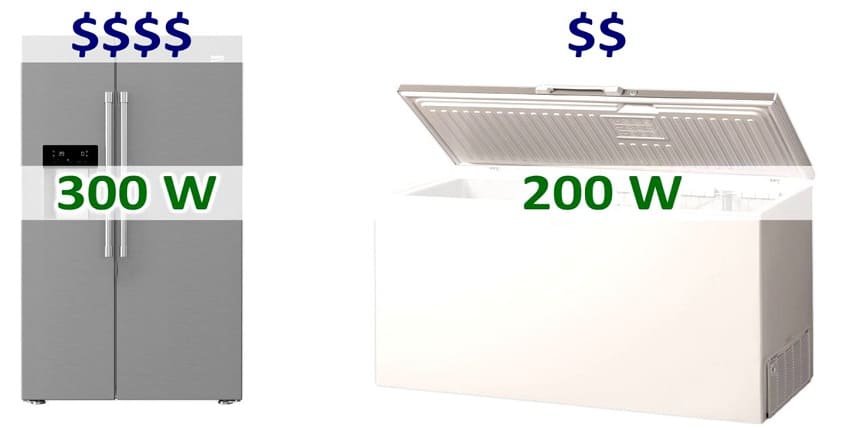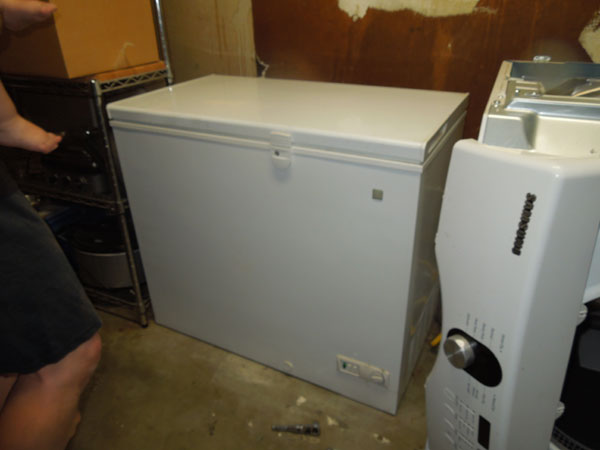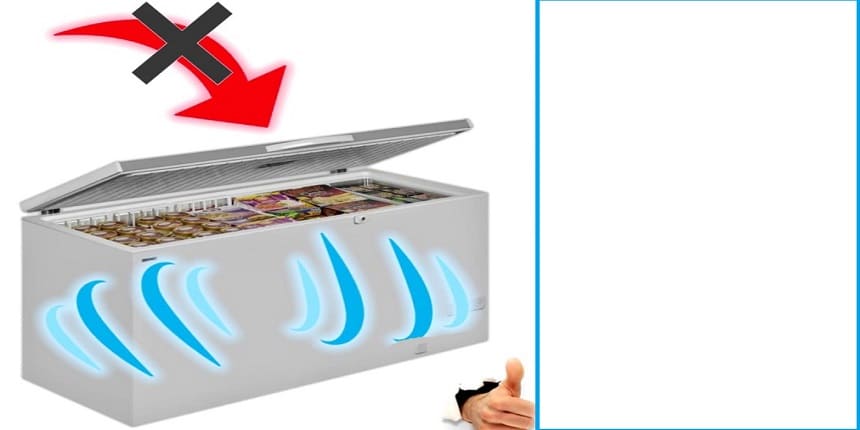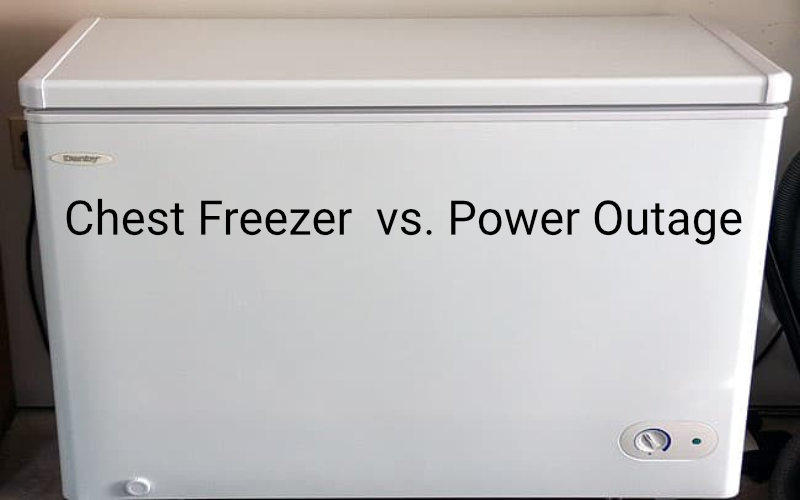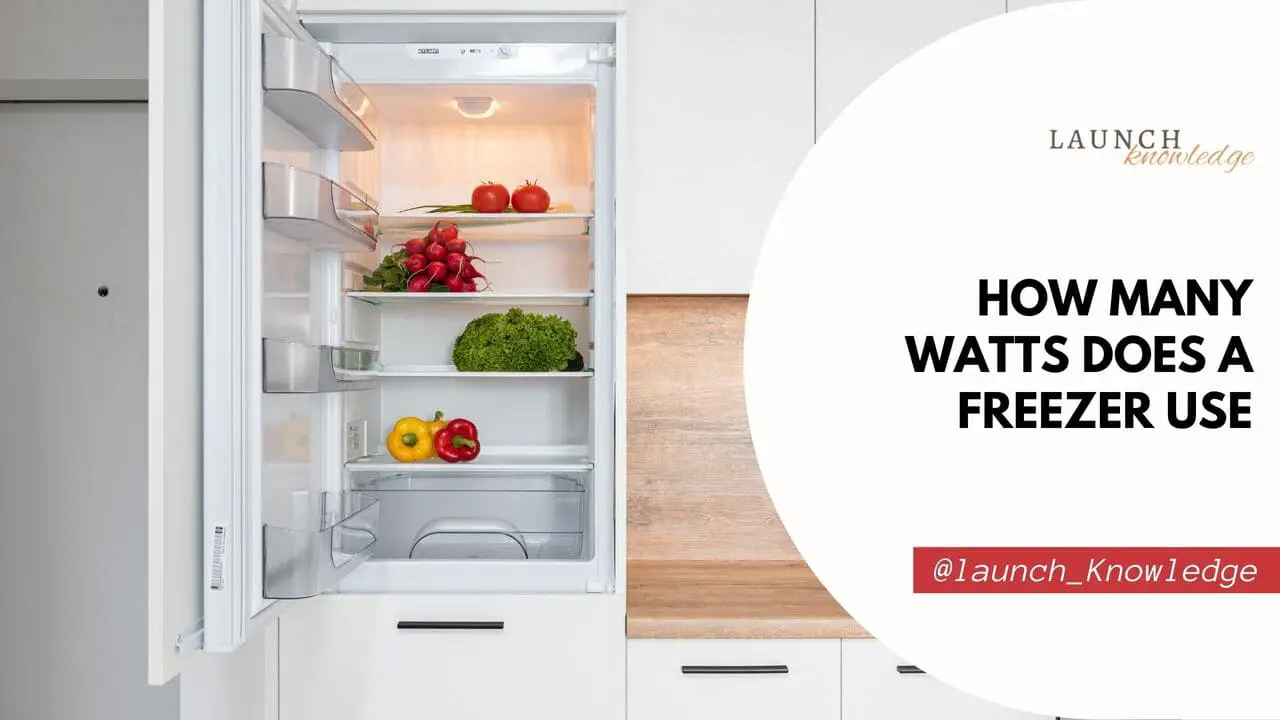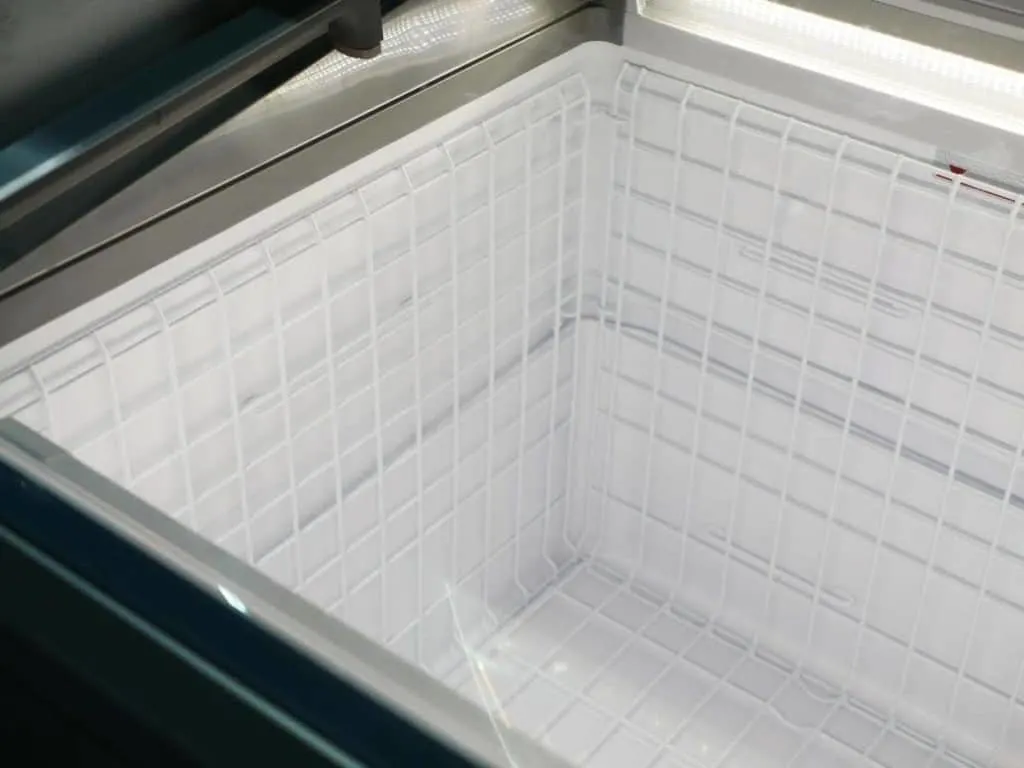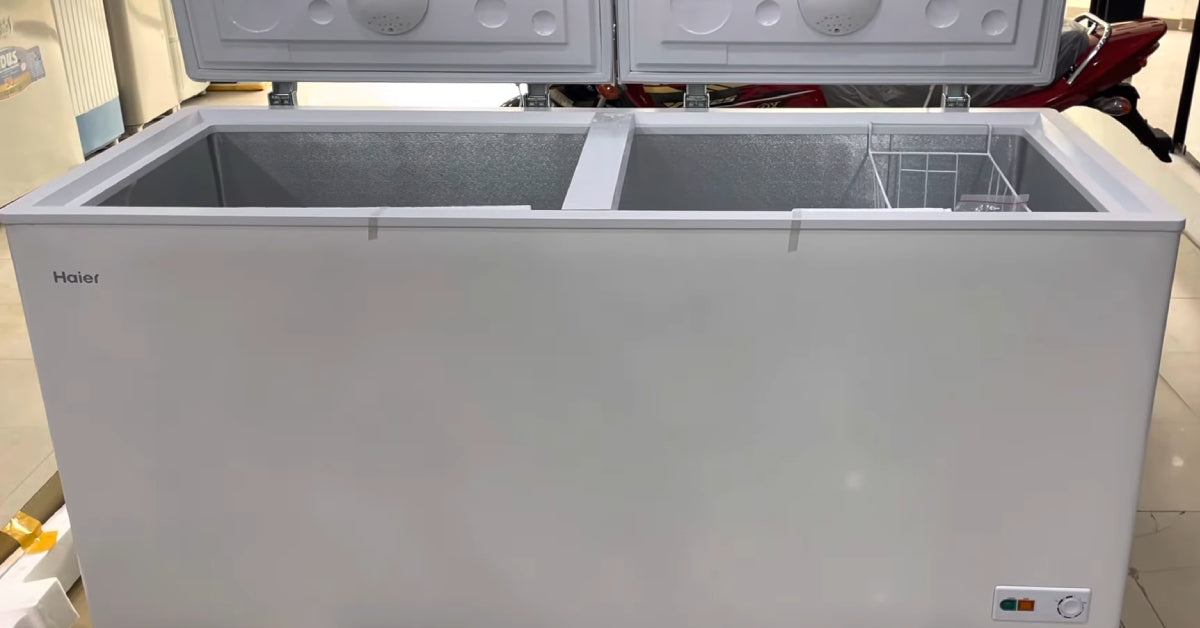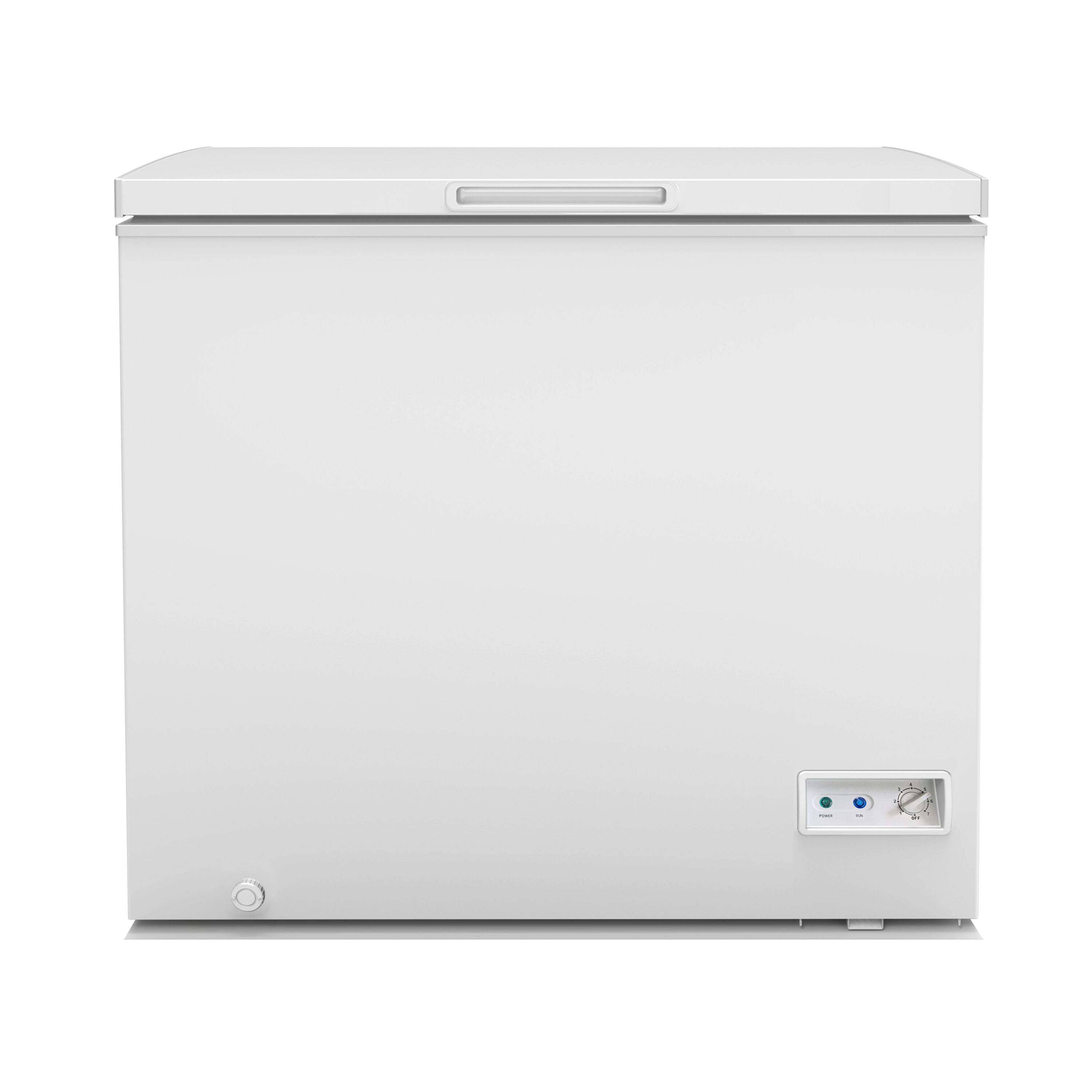How Much Electric Does A Chest Freezer Use

The hum of a chest freezer, often relegated to basements or garages, is a constant presence in many households. But behind that consistent chill lies a question that's becoming increasingly important: how much electricity does it actually consume? As energy costs rise and environmental awareness grows, understanding the power draw of these appliances is crucial for budgeting and making informed decisions.
This article delves into the energy consumption of chest freezers. It examines factors influencing their electricity usage and providing practical tips for minimizing their environmental impact. We'll explore data from reputable sources, including energy efficiency reports and manufacturer specifications, to offer a comprehensive overview of this often-overlooked appliance.
Factors Influencing Energy Consumption
Several factors contribute to the amount of electricity a chest freezer uses. These include size, age, and ambient temperature of the environment it operates in.
Size is a primary determinant. Larger freezers naturally require more energy to maintain their internal temperature.
Older models tend to be less energy-efficient than newer ones due to technological advancements in insulation and compressor design. According to the Environmental Protection Agency (EPA), older appliances can consume significantly more energy than their modern counterparts.
The surrounding temperature also plays a crucial role. A freezer located in a hot garage will work harder and consume more energy than one in a cool basement.
Estimating Electricity Usage
Estimating the precise electricity usage of a chest freezer requires careful consideration. A good starting point is the EnergyGuide label, a yellow tag found on most appliances.
This label provides an estimated annual energy consumption in kilowatt-hours (kWh). It also shows a range of energy use for similar models, allowing consumers to compare different options.
However, the EnergyGuide is just an estimate. Actual energy consumption can vary based on individual usage patterns and environmental conditions.
For example, frequently opening the freezer door will increase energy consumption. Poor door seals or improper defrosting can also lead to wasted energy.
According to data from Energy Star, a typical new chest freezer might consume between 200 and 400 kWh per year. Older models, however, could easily consume twice that amount.
Tips for Reducing Energy Consumption
Fortunately, there are several steps homeowners can take to reduce the energy consumption of their chest freezers. Proper maintenance and smart usage habits can make a significant difference.
First, ensure the freezer is properly sealed. Check the door seals regularly for any cracks or gaps, and replace them if necessary.
Defrost the freezer regularly. Excess ice buildup reduces efficiency and forces the freezer to work harder.
Keep the freezer full. A full freezer retains cold better than an empty one, reducing the workload on the compressor. Water-filled jugs can be used to fill empty space if needed.
Locate the freezer in a cool area away from direct sunlight and heat sources. This reduces the amount of energy required to maintain the desired temperature.
Consider replacing older, inefficient models with newer Energy Star certified freezers. These models are designed to minimize energy consumption and can save money in the long run.
Also, avoid placing warm food directly into the freezer. Allowing food to cool to room temperature first can help reduce the internal temperature spikes which require more electricity to stabilize.
The Future of Freezer Efficiency
The future of chest freezers points towards even greater energy efficiency. Manufacturers are continuously developing new technologies to reduce energy consumption.
Improved insulation materials, more efficient compressors, and smart features like automatic defrosting are becoming increasingly common. These advancements promise to further minimize the environmental impact of these appliances.
Furthermore, government regulations and incentives are driving the development and adoption of energy-efficient appliances. These policies encourage manufacturers to innovate and consumers to choose more sustainable options.
Looking ahead, chest freezers will likely become even more integrated into smart home systems. This integration could allow for more precise control over temperature and energy usage, optimizing performance and minimizing waste.
In conclusion, understanding the energy consumption of your chest freezer is essential for both your wallet and the environment. By considering the factors influencing energy usage and implementing practical tips for reduction, you can minimize your carbon footprint and save money on your energy bill.

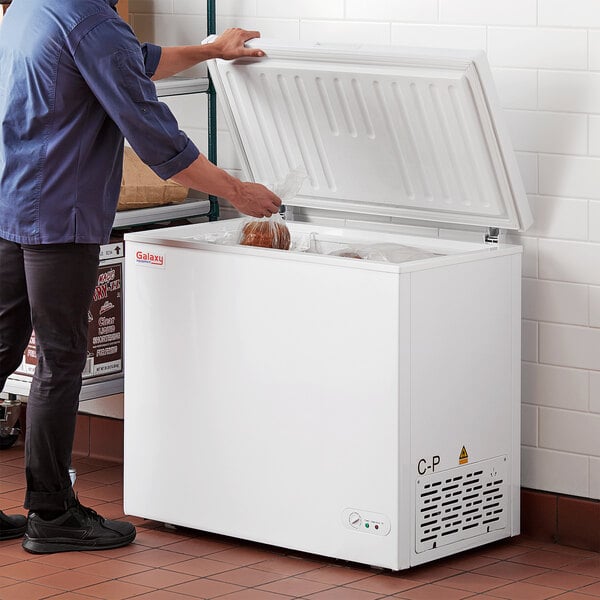
![How Much Electric Does A Chest Freezer Use Freezer Wattage Results [Most Efficient Revealed 2024]](https://ecocostsavings.com/wp-content/uploads/2022/02/freezer-wattage.jpg)


